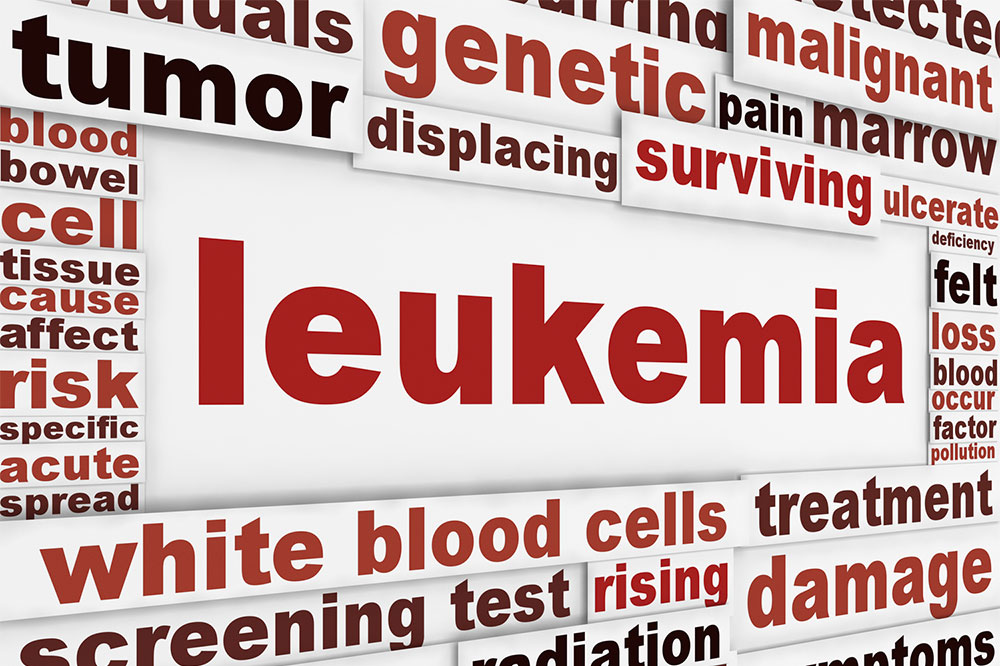Comprehensive Guide to Recognizing and Managing Leukemia
Leukemia is a complex blood cancer with various types, symptoms, and treatment options. Recognizing early signs such as infections, fatigue, and bleeding can lead to timely diagnosis. This comprehensive guide explores leukemia’s causes, symptoms, diagnostic procedures, and modern treatment strategies, emphasizing the importance of early intervention to improve prognosis. Increased awareness and medical vigilance are vital in managing this potentially life-threatening disease effectively.

Comprehensive Guide to Recognizing and Managing Leukemia
Leukemia is a serious blood cancer that originates in the bone marrow, the soft tissue inside bones where blood cells are produced. This disease disrupts the normal production and function of blood cells, particularly white blood cells, which are essential for fighting infections. Understanding its symptoms, types, causes, and treatment options can significantly improve early detection and management. This guide provides an in-depth overview of leukemia, aimed at educating readers about how to recognize its signs and seek timely medical care.
What Is Leukemia?
Leukemia is a complex hematological malignancy characterized by the abnormal and uncontrolled proliferation of white blood cells. Unlike healthy blood cells that mature and perform vital functions, leukemia cells divide rapidly and do not function properly, leading to immunodeficiency and other health issues. The precise cause of leukemia remains largely unknown, but scientists have identified several risk factors that may increase susceptibility, including genetic predispositions, environmental exposures such as chemicals and radiation, and certain pre-existing bone marrow disorders.
Types of Leukemia
Leukemia is broadly categorized into various types based on how quickly it progresses (acute or chronic) and the type of blood cells involved. Each type has distinct characteristics and treatment implications. Here is a detailed overview of the main leukemia types:
Acute Lymphoblastic Leukemia (ALL): This form primarily affects lymphocytes, a type of white blood cell involved in the immune response. It tends to progress rapidly and is most common in children, though it can also affect adults.
Chronic Lymphocytic Leukemia (CLL): CLL affects mature lymphocytes and generally develops slowly. It is most frequently diagnosed in adults over 50 and can remain asymptomatic for years.
Acute Myeloid Leukemia (AML): AML involves granulocytes, another type of white blood cell, and progresses quickly. It is more common in adults and requires prompt treatment.
Chronic Myeloid Leukemia (CML): CML affects granulocytes and typically develops over a longer period. Many patients are diagnosed during routine blood tests, sometimes before experiencing symptoms.
Recognizing Symptoms of Leukemia
The symptoms of leukemia often develop gradually and can be easily mistaken for other less severe conditions, which complicates early diagnosis. Understanding the signs and symptoms is crucial for early intervention. Common indicators include:
Frequent infections: Due to impaired immune function caused by abnormal white blood cells.
Anemia-related symptoms: Such as persistent fatigue, weakness, pallor, and shortness of breath caused by a shortage of healthy red blood cells.
Bone and joint pain: Particularly noticeable in children with ALL, resulting from infiltration of leukemia cells in the marrow and bones.
Bleeding and bruising: Easily bruised skin, nosebleeds, bleeding gums, or petechiae (small red spots) result from low platelet counts.
Heavy menstrual bleeding: In women, due to impaired blood clotting.
Swollen lymph nodes and liver enlargements: Can be signs of leukemia spreading or affecting other organs.
Because such symptoms are nonspecific and resemble common illnesses, individuals often overlook them. Persistent or worsening symptoms should prompt prompt medical evaluation to facilitate early diagnosis and treatment.
Diagnosis and Treatment of Leukemia
Once leukemia is suspected based on symptoms, medical professionals conduct comprehensive assessments, including physical examinations and diagnostic tests. Key steps include:
Physical Exam: Checking for swollen lymph nodes, liver, and spleen, as well as assessing overall health.
Blood Tests: Complete blood count (CBC) reveals abnormal counts of white blood cells, red blood cells, and platelets, hinting at leukemia.
Bone Marrow Biopsy: Confirmatory test involving sampling of bone marrow to look for leukemia cells.
The treatment of leukemia varies depending on the specific type, stage, patient’s age, and overall health. Treatment options include:
Chemotherapy: The primary treatment, using drugs to eradicate leukemia cells.
Targeted Therapy: Drugs that specifically target genetic abnormalities in leukemia cells.
Radiation Therapy: Using high-energy rays to destroy cancerous cells, often used in conjunction with other treatments.
Biological (Immunotherapy): Boosts the body’s immune system to fight leukemia.
Stem Cell Transplantation: Replaces diseased bone marrow with healthy stem cells, especially in aggressive or resistant cases.
Proper management and early detection significantly improve prognosis, especially with advances in targeted therapies and supportive care. Regular follow-up and monitoring are essential for patients in remission or undergoing treatment.In conclusion, understanding the signs and symptoms of leukemia is vital for early diagnosis and effective treatment. Recognizing the disease early can save lives and improve outcomes, emphasizing the importance of awareness, prompt medical consultation, and advanced medical interventions.





